Mazdas new SKYACTIV gasoline and diesel engines are steps on the road to its Ideal Engine; focus on compression ratio
Green Car Congress
AUGUST 4, 2011
This corresponds to a 23% reduction in fuel consumption and, therefore, CO 2 output.). From a powertrain frame of reference, Mazda is planning a building block strategy—i.e., Ultimately, the compression ratio ended up playing a central role among these factors in both gasoline and diesel engines, although in different directions.












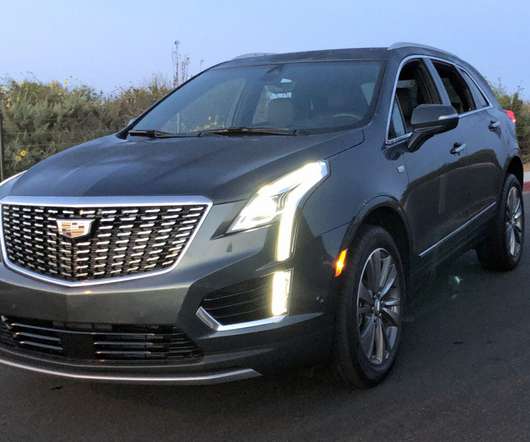

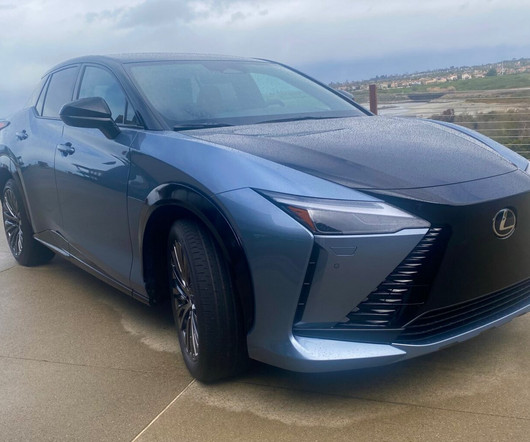












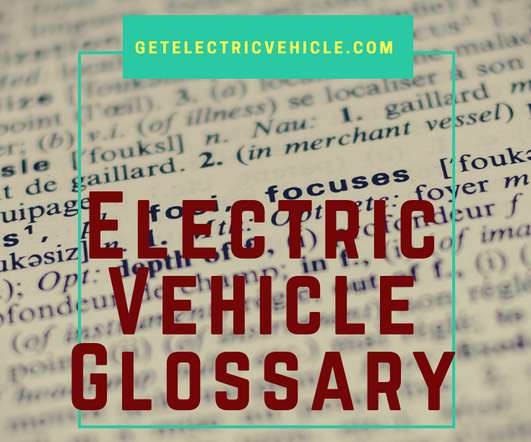
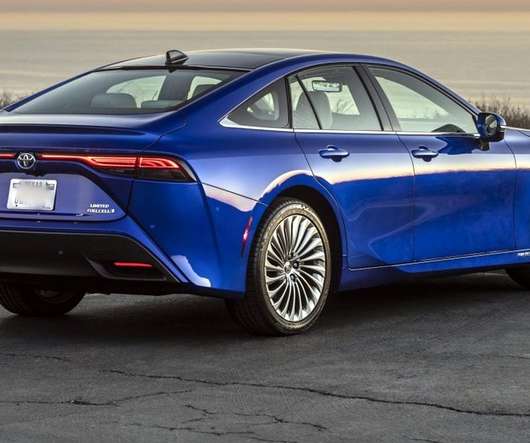




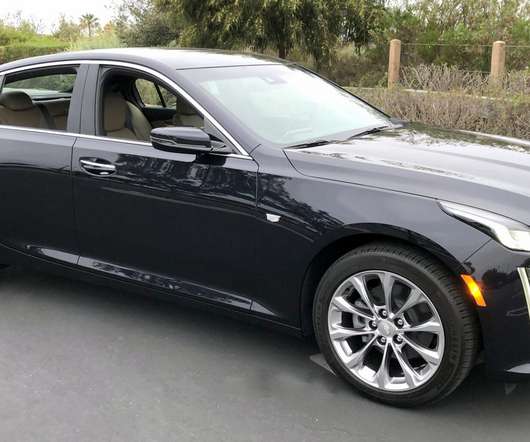








Let's personalize your content